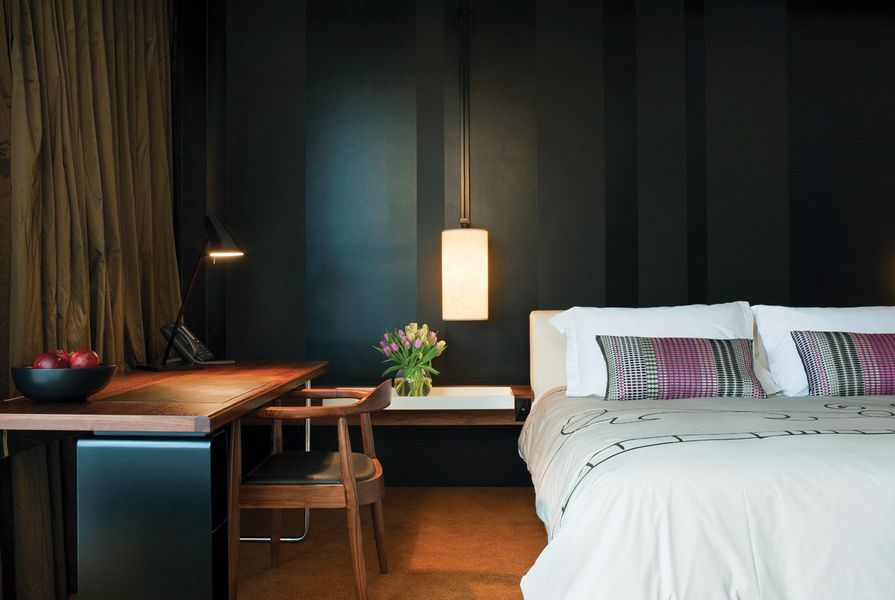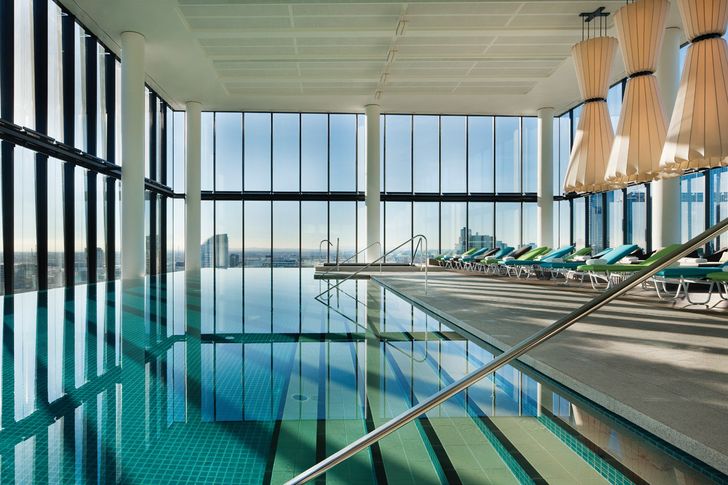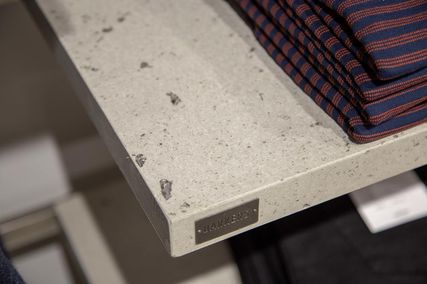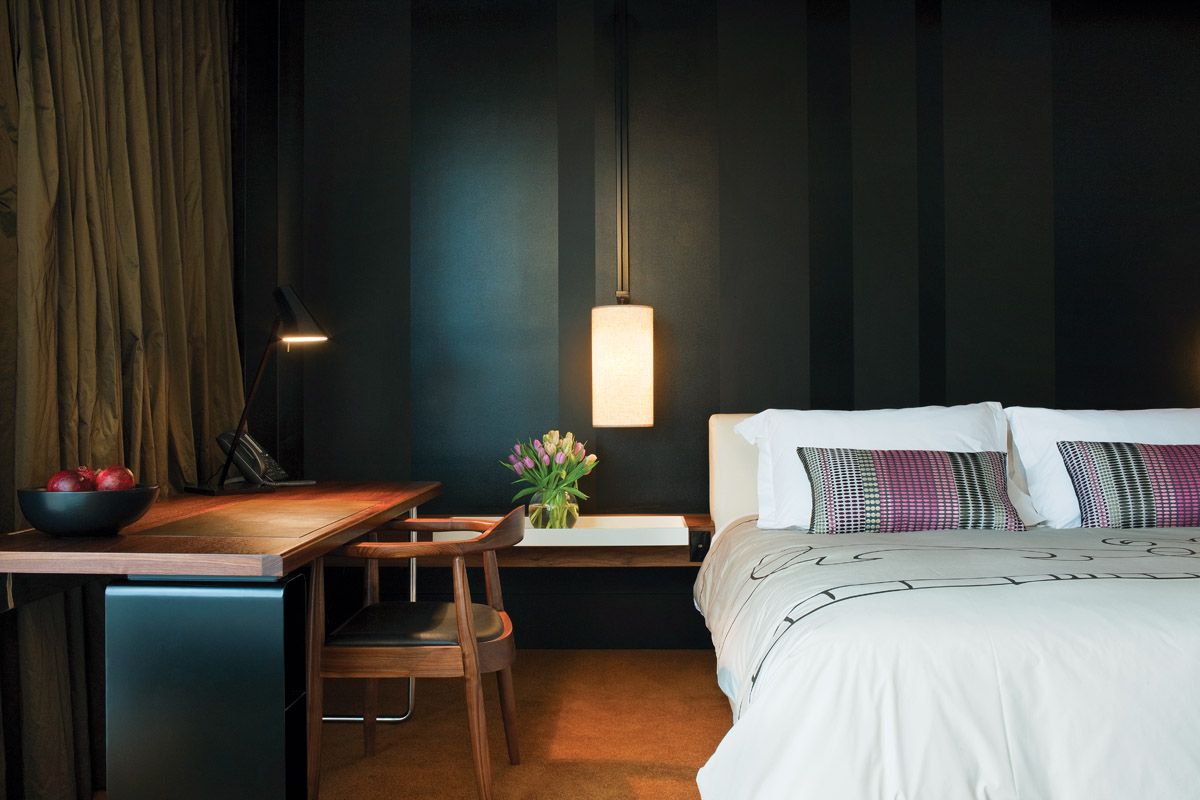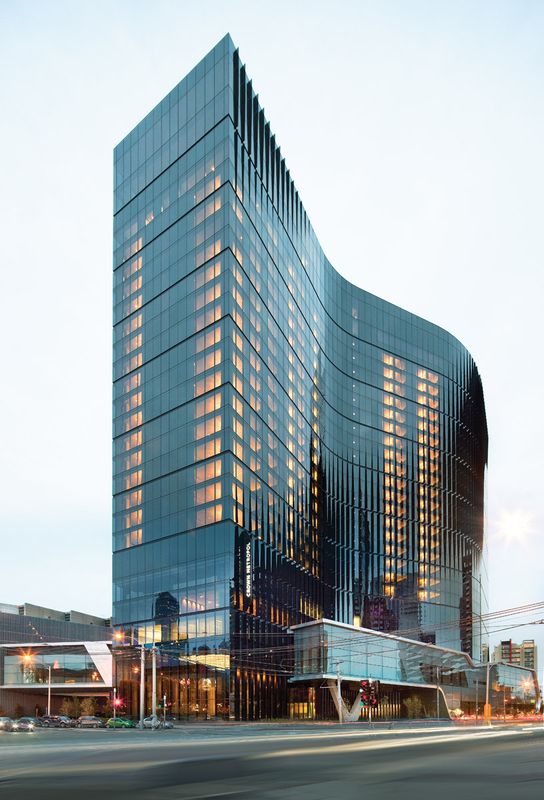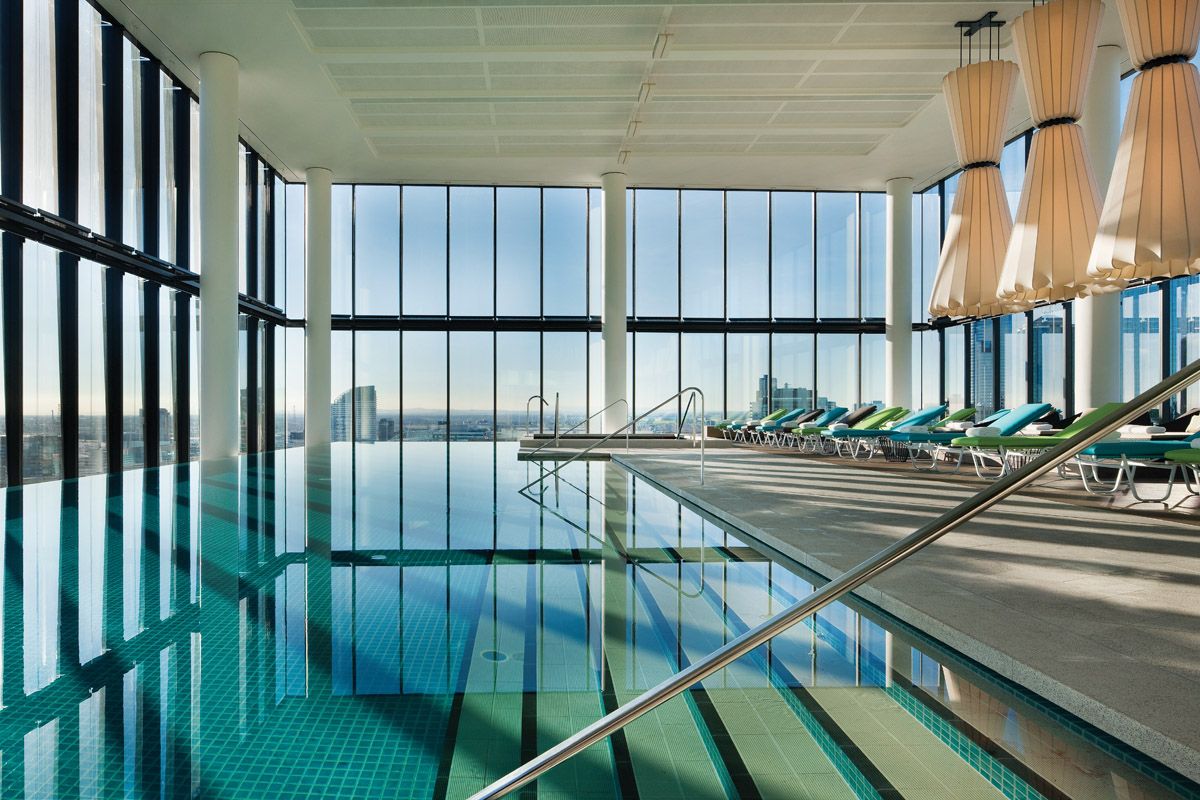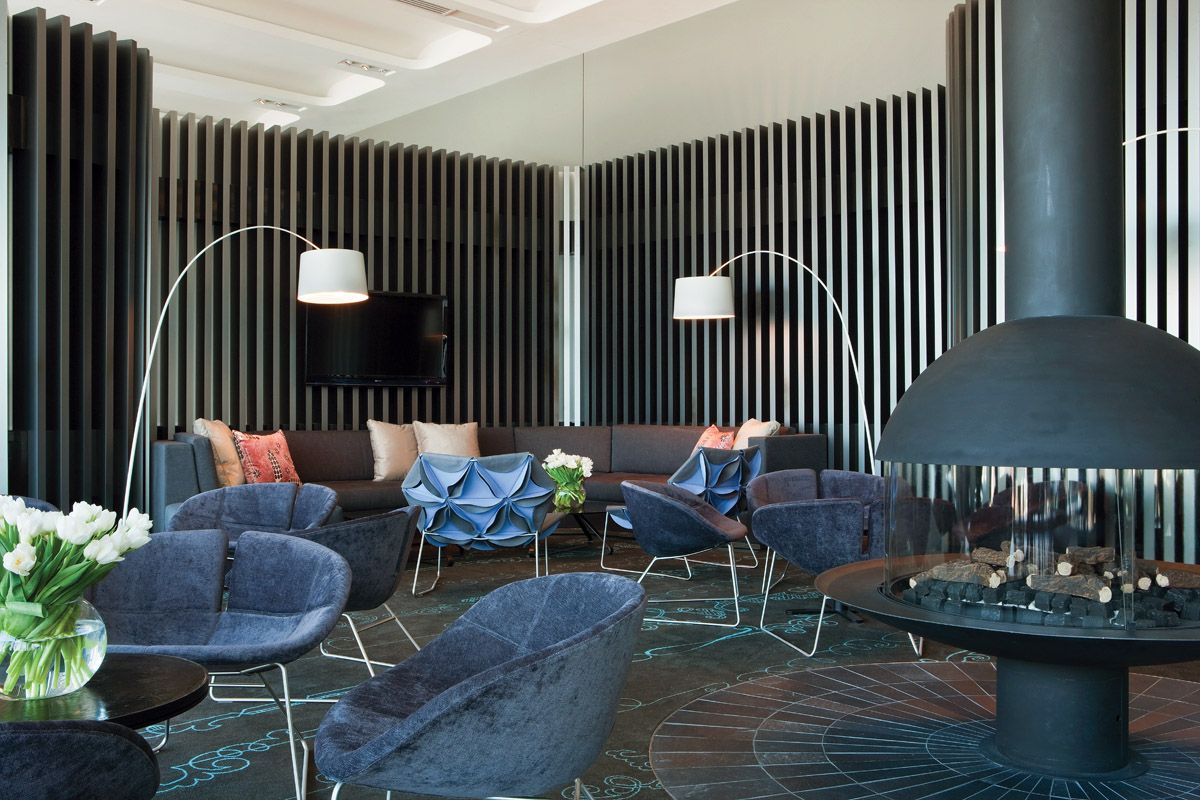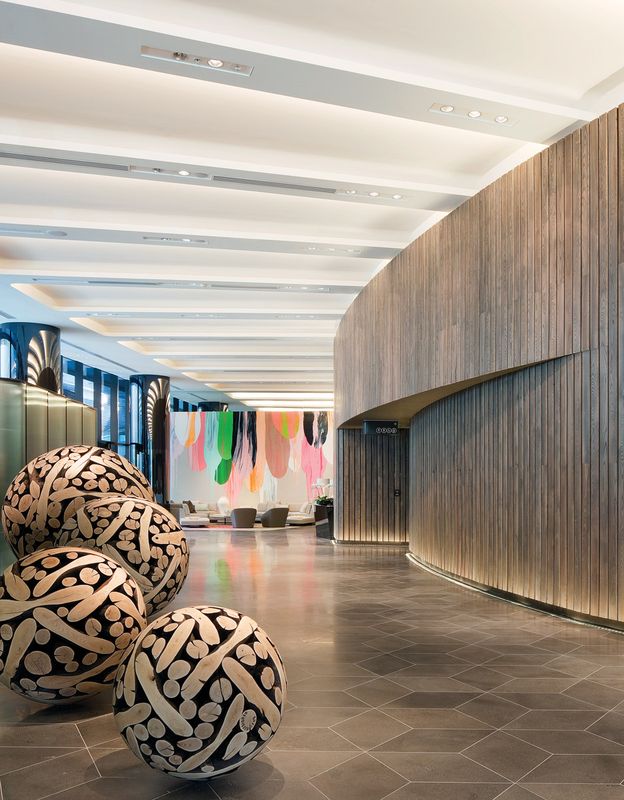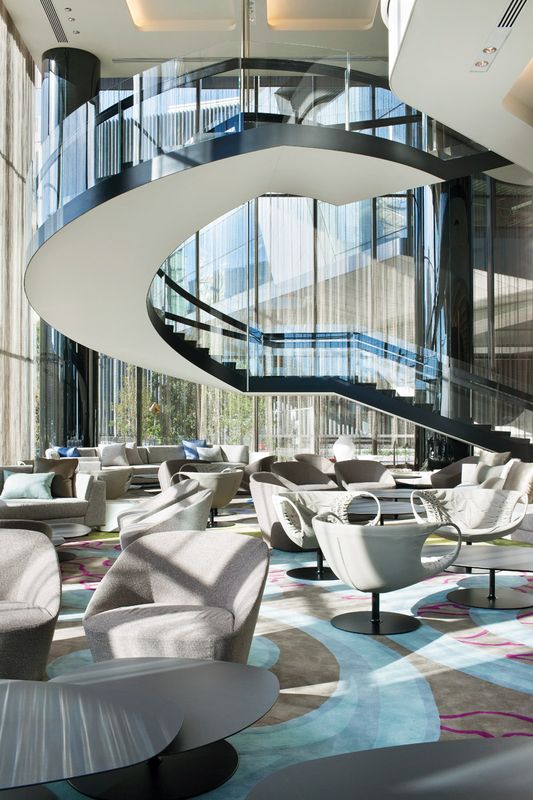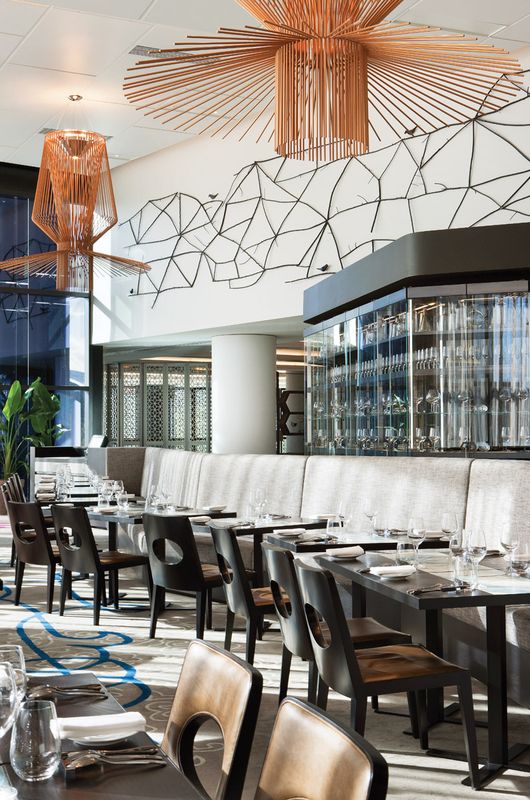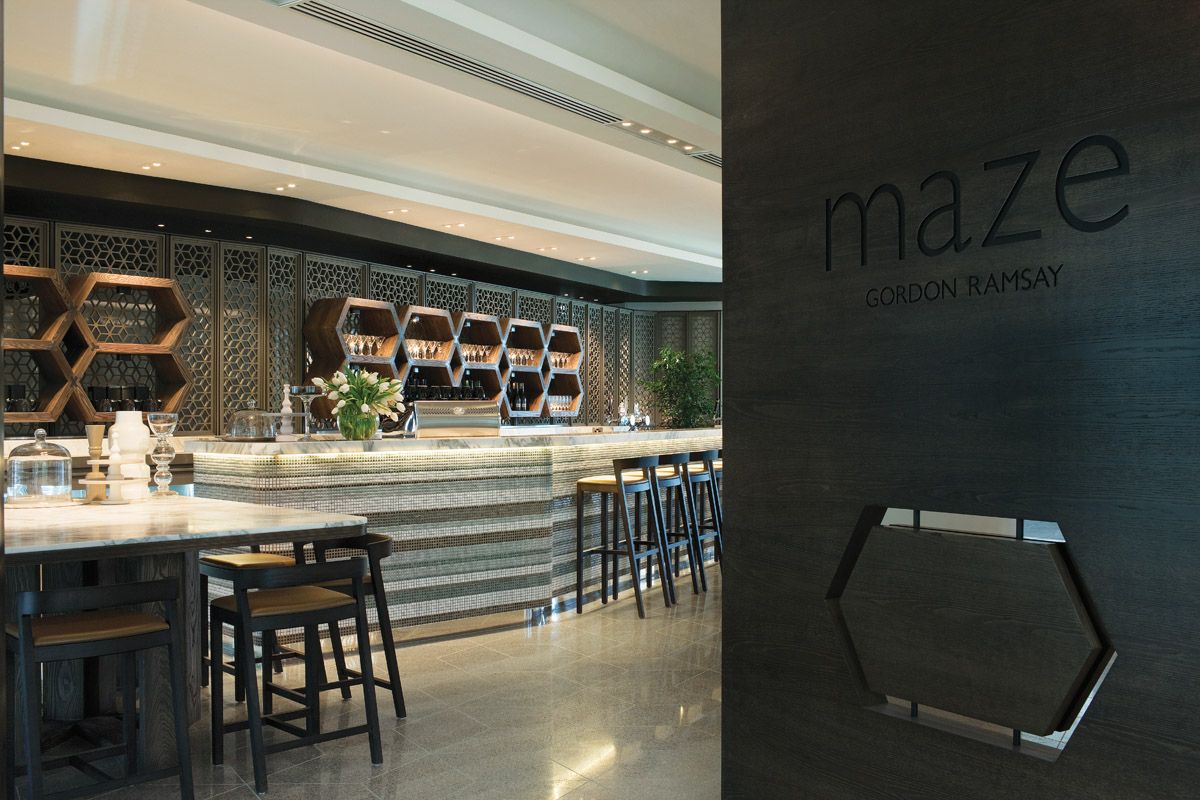When designing a hotel with 658 rooms, a 300-seat restaurant, a pool, day spa and exclusive club, the sheer size means it’s all about capacity, economics and logistics – but it doesn’t have to be just about those things.
Realizing that a new hotel on this site would automatically attract the business crowd thanks to its proximity to the Melbourne Convention and Exhibition Centre, Crown briefed Bates Smart to create a hotel that would appeal to the leisure market. “They said, ‘We want something sexy,’ ” explains Bates Smart director of interior design Jeffery Copolov.
What was once three sites – a park, an old building that housed the Greek Club, and a car yard – was consolidated into one. The building is essentially a rectangle that has been modified to create a subtle S shape, with three rectangular blocks connected by two curving joints. This allows a number of things. Because the building curves, the views down the corridors of the floors always lead around a bend rather than giving a sense of a long, straight corridor. It also means that the rooms at one end are twisted toward the best views on one side. And, because the building is not a continuous curve, which would cause problems with a number of different room shapes, the majority of rooms form simple rectangles. Meanwhile the rooms on the curve have been duplicated so there are less room types overall.
Rather then ending on a podium like many of Sydney’s towers, Crown Metropol hits the ground, while a sinuous ribbon forms a walkway above street height that leads the visitor through to the other parts of the Crown universe, including the casino. This ribbon is present in a number of other places within the building and is mirrored by the curving porte cochère that leads vehicles from the street to the ground-floor lobby.
A double-height space, the lobby features another ribbon – this time timber walls snake through the space, hiding the lift lobby and the luggage store. Artwork plays a vital role here – seven large balls of burnt timber cut into perfect spheres by Korean artist Lee Jae-Hyo become human-sized sentinels. At the group entry, a huge artwork by Melbourne artist Noël Skrzypczak forms a mural with splashes of pink, green, grey, brown and black.
At the main entry, the waiting area, with seating dotted over a custom-designed carpet, is dominated by a floating staircase. Here the ribbon extends from the ground floor, leading the visitor around the staircase – which is hung on three fine stainless steel columns to give the finest delicate edge - through to the restaurant on the first floor.
The restaurant, Maze and Maze Grill by Gordon Ramsay, also leads the visitor on a journey. Here, the logistics dictated the design. “The biggest challenge with a restaurant hotel is that it does huge numbers at breakfast,” explains Copolov. “So how do you make it feel intimate when you’re the first person in there but still feel good when there’s three hundred people?”
The entry to the Maze Restaurant and grill with breakfast bar that converts to a drinks bar at night.
Image: Shannon McGrath
The solution was to create a series of interconnected multifunctional spaces. So, the place to grab a pastry and coffee over the newspaper in the morning becomes a bar at night. The breakfast lounge where you can get your food and sit in a casual sofa area akin to an airport members lounge also serves as seating for the bar in the evening. Head around the corner and the dining areas for à la carte in the morning become the restaurant at night. Further private rooms and seating arrangements add to the complexity and size of the restaurant.
At Maze, the palette is predominantly subdued natural tones, which makes a feature of the custom lights - made in Italy by Foscarini, they are oversized versions of the company’s existing catalogue lights. Visible from the street, they provide an internal beacon that can be seen from the outside – a signature feature in a number of Bates Smart’s interiors for Crown. Other custom pieces and artworks were chosen or made specifically for the project. Artist David Band of Mahon a Band created a three-dimensional wall relief from found birch leaves that travels through the space over sixty metres. Two private dining rooms are clad in a basket-like weave – a plastic that was woven by hand by a blind man who worked for three months for a local Melbourne joiner to create the spaces.
The bedroom of “the apartment” on level 25, where a hand-coloured illustration hangs over the wardrobe door.
Image: Shannon McGrath
Handcrafted and custom-designed elements are also present in the 658 guestrooms, studios and lofts that are contemporary in their feel. Hand-painted artworks by David Band in collaboration with Fraser Taylor give these rooms a sense of individuality in what could have ended up being a cookie-cutter approach. In “The Apartment” on level 25, each piece has been carefully selected and many specifically designed for the space. As you enter, a fur rug immediately gives a sense of style and luxury. Bookcases with hard-bound books and objets d’art, and a wall full of framed artworks give the space a contemporary, chic and personal feel. “The approach we took was to treat it as if you landed in New York or London or Paris and your best friend said, ‘Here are the keys to my personal apartment,’ rather than checking into a hotel,” explains Copolov.
The pool with oversized pendant lights positioned over the deck chairs like outdoor umbrellas.
Image: Shannon McGrath
On level 27, the pool and spa extend this sense of luxury. The pool is situated in a glass box, its eight-metre ceiling height giving a sense of monumental space while glass windows let in the sunlight from three directions in the daytime and the twinkling lights of the city at night. The space is divided into two – the twenty-five-metre pool on one side, and the hot plunge pool and deck on the other, where old-fashioned coloured deckchairs bring in a sense of quaint seaside holidays. Overhead, six huge custom-designed feature lights hang, glowing through an opaque fabric skin, the shape inspired by a traditional Japanese shade.
“I wanted this to feel like an outdoor space,” Coplov says. “If you were outdoors, above the lounges you would put an umbrella. Well you’re not going to have an umbrella inside, so the lights became the umbrella, at the same time acting as a beacon from the exterior.” The Isika day spa can be reached via the pool deck or from the dedicated spa accommodation on level 26. With moody lighting and a materials palette including timber, soft linen curtains and large-scale photographic wallpapers, this is a serene environment, with sculptural pieces by Australian artists Pamela See, Marion Borgelt and Kate Hendry lining the walls.
The level 28 club has several casual seating areas split by an undulating screen.
Image: Shannon McGrath
Two floors above on level 28 is an exclusive club, access to which is reserved for only some guests. Called Level 28, the club logo has been designed by Fabio Ongarato, actualized in a bespoke sculptural sign made of timber and standing alongside a neon artwork by Chan Yu. Inside the club, the ribbon theme continues in the form of a screen of metallic blades that weaves through the space, creating intimate seating areas and separating public from staff areas. Spectacular views abound from this, the top floor of the building.
It is difficult to describe how big this project really is, but perhaps some statistics will help. At $300 million and 658 rooms, the project took a relatively short three years. Architecturally, there were twenty-six architects and designers who worked on the project – three of whom spent six months just checking rooms for defects. Each check took two hours and each room was checked twice.
Considering how complicated the functional brief of a project like this is, Bates Smart’s achievement in creating a sexy, boutique look and feel is impressive. In large part, this is thanks to a team who individually selected so much of the accessories, artworks and other pieces specifically for each space. It is also thanks to a willingness to design custom pieces for the hotel and to commission works by local and international craftspeople and artists. The use of oversized indoor lighting plays a part too, acting as a beacon to the outside to tie the hotel into the Crown family. And the continuation of a weaving, ribbon-like shape throughout the architecture, coupled with the S shape of the building, means this is a project that is not straight in any sense of the word.
Products and materials
- Exterior
- Cladding is Alucobond Natural. Roofing is Lysaght Spandek Woodland Grey and Alucobond. Facade design is Bates Smart and Aurecon. Facade contractor is G James (tower) and Minesco (podium).
- Walls
- Chinese black slate wall tiles from Edwards Slate and Stone. Other tiles from Buckleys Ceramics, Urban Edge, Artedomus, Erneste Tile Concepts, Jo Luping Design & Prime Ceramics. Plynyl to walls by Chilewich. Wallpapers by Grant Dorman, Seneca Textiles and Radford Furnishings.
- Windows
- Blinds and drapes from DAAC Holdings and Turner Brothers.
- Flooring
- Custom rugs and carpets designed by Bates Smart and NIBA and manufactured by Brintons. Carpets by Feltex. Bolon woven textured vinyl from TAG Floor. Quartz carpet by Alternative Surfaces. Vinyl by Artigo Rubber Flooring, Armstrong ? Gerflor. Blustone floors in custom rhomboid shape supplied by Baron Forge. Terrazzo supplied by TTI. Tiles by Classic Ceramics, Ceramic Solutions, Erneste Tile Concepts and Metz Tiles.
- Lighting
- Maze restaurant feature pendants by Foscarini (available in Australia at Space Furniture). Heat lamps and blown-glass lamps in Maze restaurant and feature lights at pool deck are designed by Bates Smart and manufactured by Design Sense. Custom Stick lights designed by Bates Smart and manufactured by Lampada.
- Furniture
- Maze restaurant and Level 28 club furniture includes custom timber tables with ceramic inserts designed by Bates Smart. Ceramic inserts by artist Brian Keyte via Skepsi Gallery. Custom banquette seating designed by Bates Smart. Other furniture from Classique, Walter Knoll (available at Stylecraft and FY2K) and Moroso (available at Hub Furniture).
- Bathroom
- Suppliers include Reece, Rogerseller, Decina and Apaiser Bathware.
- Artworks
- The ground floor showcases Australian artist Noël Skrzypczak’s large mural painting, seven sculptural timber balls made out of chestnut by Korean artist Lee Jae-Hyo, a stunning black metal wall sculpture by Hong Kong artist Annfielde Chan and custom-designed carpets by Bates Smart and New York textile designers, NIBA. Running the full length of Maze and Maze Grill is a three-dimensional mural as well as a series of smaller, intimate sketches by Melbourne’s David Band. In the Business Centre, Australian artist Jayne Dyer’s metal butterfly sculpture takes pride of place in the pre-function area. The meeting rooms are high-lighted by a series of still-life photographs by leading Melbourne photographer Earl Carter. A striking mounted wall sculpture by Sydney’s Marion Borgelt, elegant feather installations by Brisbane’s Pamela See and two contemp-orary paintings by Melbourne’s Miranda Skoczek are beautifully displayed in and around the luxurious Isika day spa on level 27. Above, on level 28, a brightly coloured painting by Hong Kong artist Chan Yu in the lift lobby leads through to an installation within the sandblasted timber bookshelves of the lounge and dining areas by Australian artist David Sequiera, while a commissioned pale blue glass sculpture by New Zealand–based artist Christine Cathie appears floating on a reflective surface on the top of the island banquette. The 658 guestrooms, studios and lofts feature artwork by David Band in collaboration with Fraser Taylor, which have been individually hand-painted, providing unique pieces to each hotel room. In “The Apartment,” an eclectic collection of mixed media pieces creates a feature gallery wall.
Credits
- Project
- Crown Metropol
- Design practice
- Bates Smart
Australia
- Project Team
- Jeffery Copolov, Kristen Whittle, Roger Poole, Fulvio Facci, Claudia Fleuter, Roger Chapman, Mirjana Sazunic, Kendra Pinkus, Andrew Raftopoulos, Grant Filipoff, Jan Eastwood, James Christophidis, Anke Pfeiler, Ben Nicholas, Simone Morgan, Hilary Griffiths, Amanda Furness, Mark DiBortolo, Tony Antoniou, Brian Mason, Tammy Yu, Craig Benton, Liz Doube, Wee Long Fay, Vivek Matthews, Alex Zudich, Kate Wardlaw
- Consultants
-
Builder
Baulderstone
Civil engineers Aurecon
Earthworks Delta Group
Fire engineering Thomas Nicholas
Graphic design Fabio Ongarato Design
Landscaping John Patrick Pty Ltd
Mechanical systems contractor AE Smith
Project manager Jinton
Quantity surveyor Rider Levett Bucknall – Melbourne
Signage manufacturer Claude Neon, Premier Graphics
- Site Details
-
Location
8 Whiteman Street,
Southbank,
Melbourne,
Vic,
Australia
- Project Details
-
Status
Built
Website http://crownmetropol.com.au/
Category Hospitality, Interiors
Type Bars and cafes, Hotels / accommodation, Restaurants
- Client
-
Client name
Crown Metropol
Website crownmetropol.com.au
Source
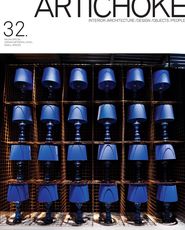
Project
Published online: 1 Jun 2011
Words:
Penny Craswell
Images:
John Gollings,
Shannon McGrath
Issue
Artichoke, September 2010

